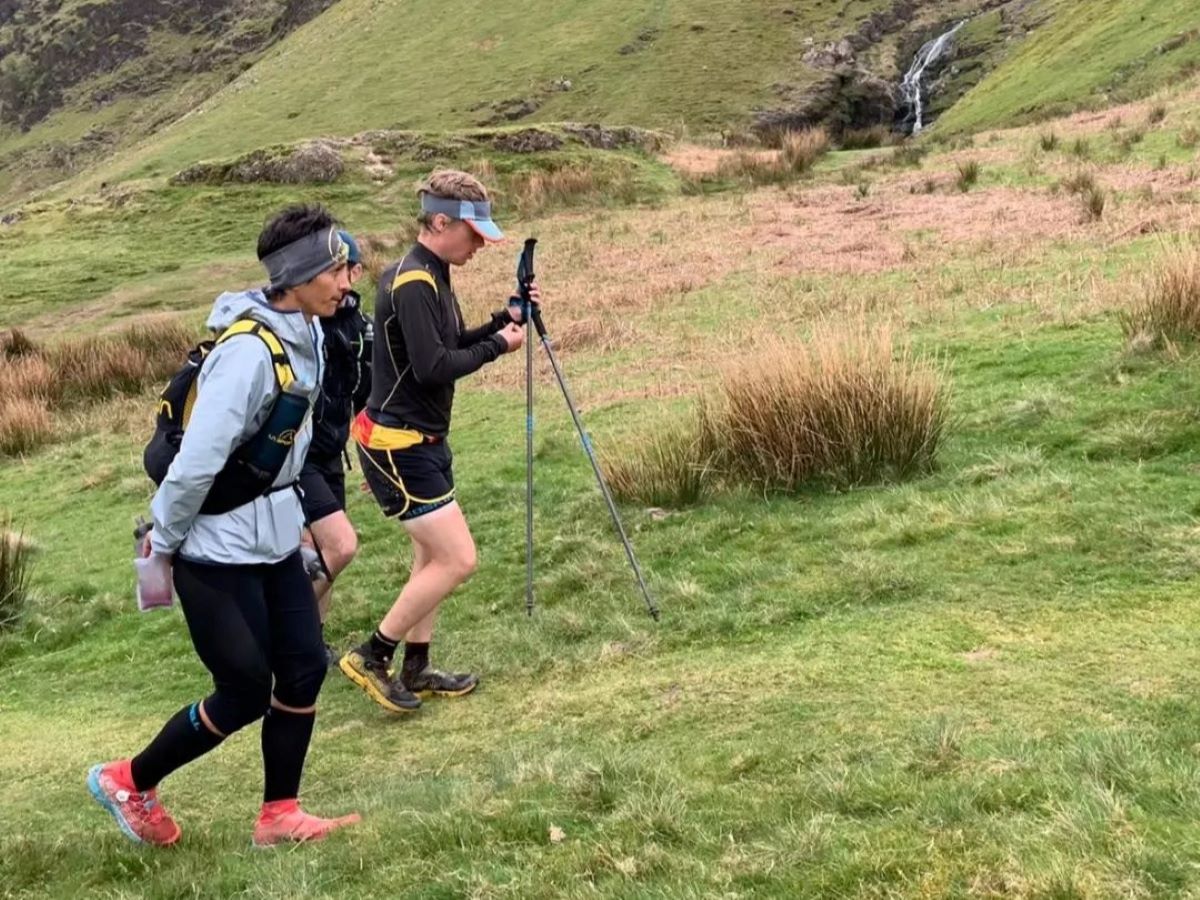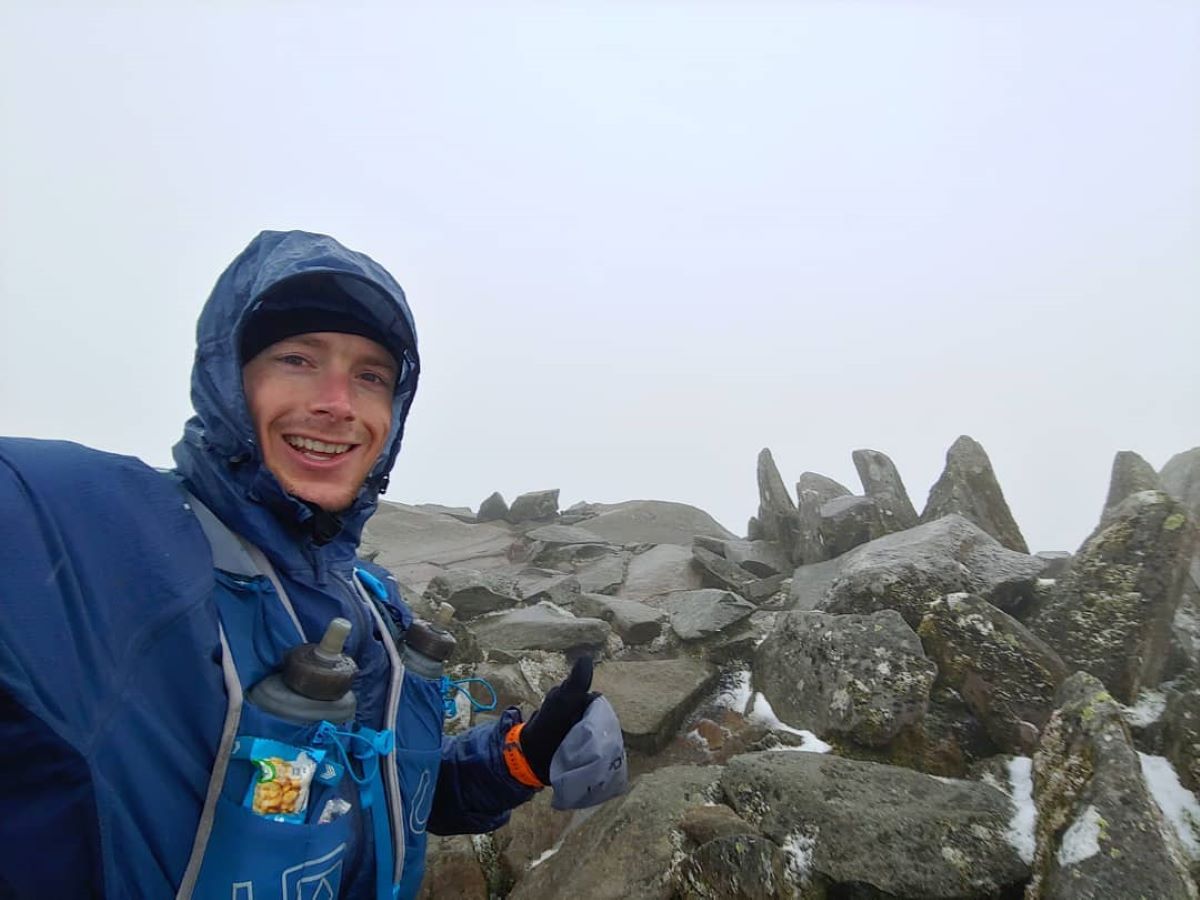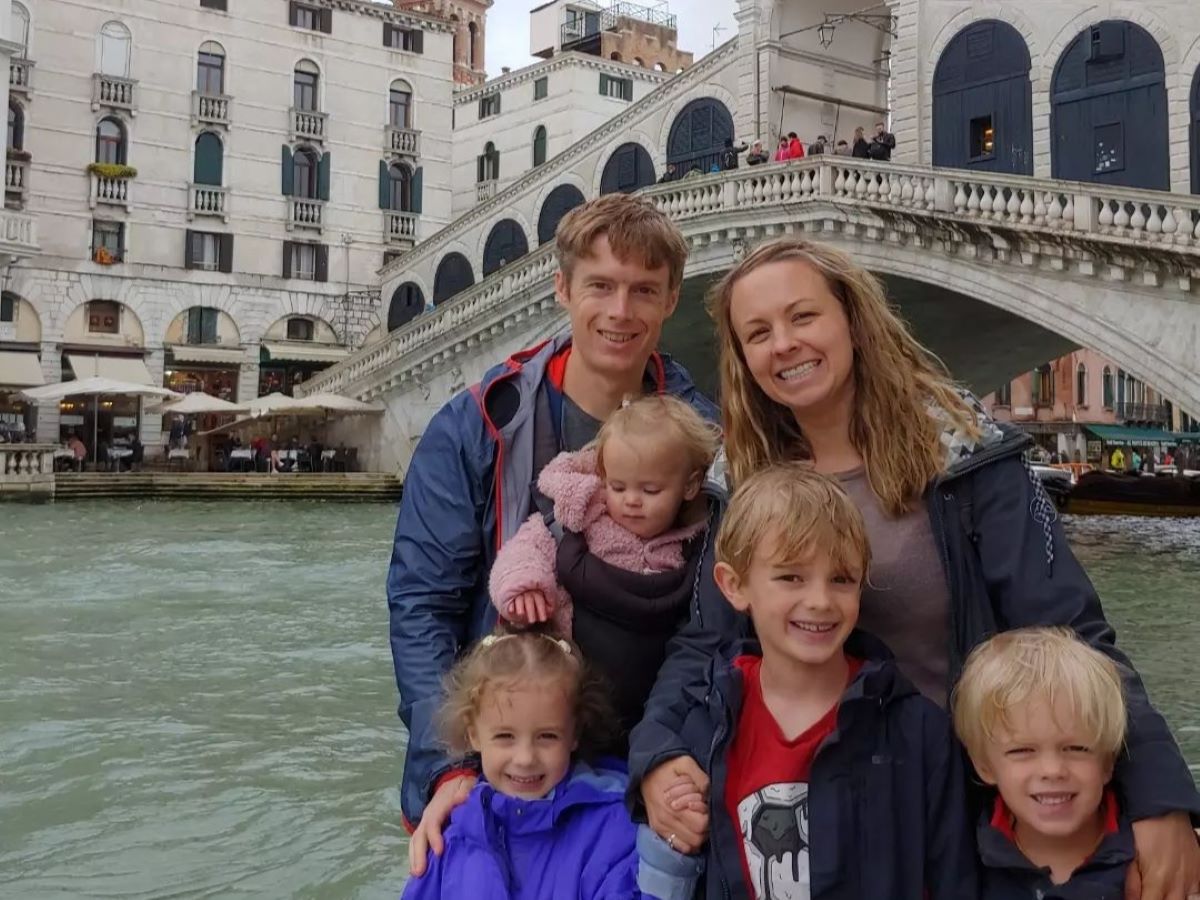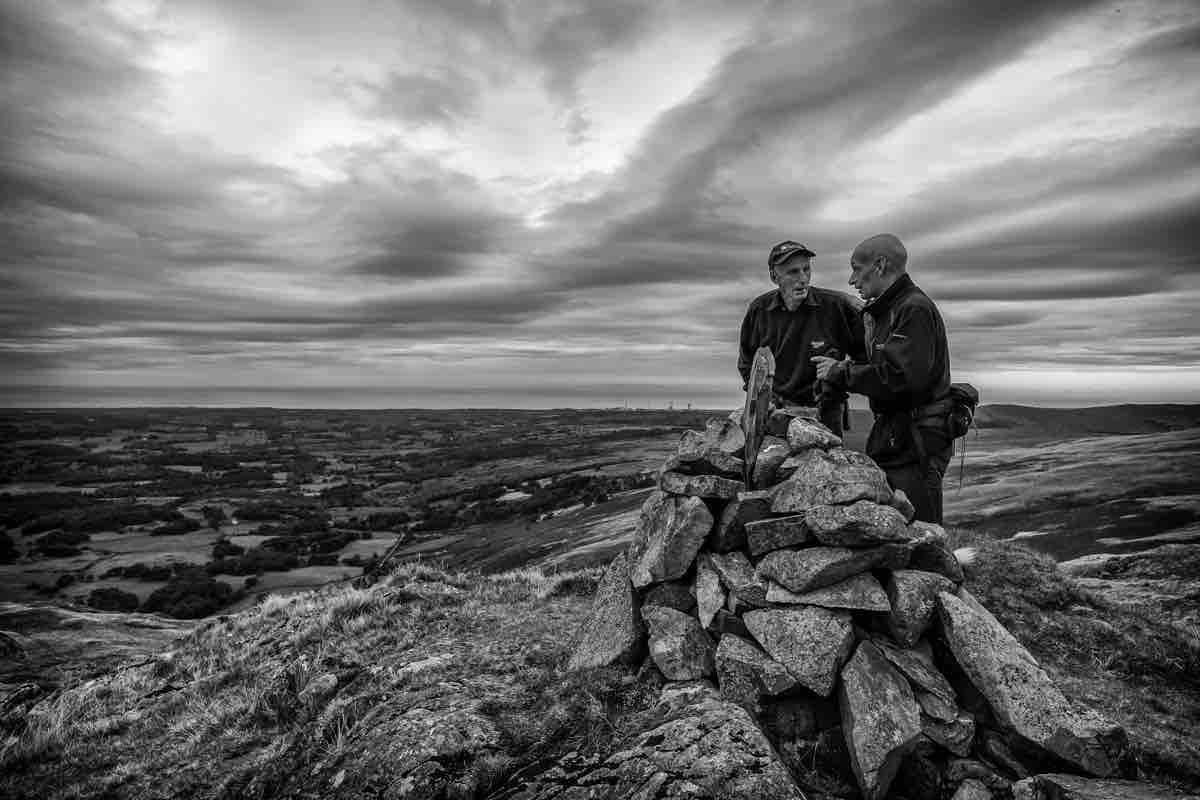If you ask the current record-holder on the Lake District, England’s 214-peak Wainwrights Round, he’ll tell you that breaking the record — by an attention-grabbing 12-hour margin — had nothing to do with the record.
John Kelly, an American who has been living in England for a few years, is a family man and a professional. He’s a data scientist by day, a father of four no matter what time it is and, somehow, an accomplished ultrarunner in the spare seconds. He’s now also the fastest person to run the punishing Wainwrights Round, at five days, 12 hours, 14 minutes, and 42 seconds (unofficially as of now).
According to him, the record was never the explicit objective.
“I’m more satisfied with a performance that I know is my best but isn’t an FKT [fastest known time], rather than vice versa,” Kelly said. “I have had it the other way — where I just barely got an FKT, but at the end, I’m like, ‘Wow, I could have run way better.’ I’m less happy with that outcome.”
Call the Wainwrights record the best of both worlds.
My interview with Kelly is still in its opening seconds, but I’m about to find out that measuring progress quantitatively and qualitatively is a common refrain for the 37-year-old. You might expect it from a man who describes his job as “looking at series of numbers and identifying patterns.” Or from the 15th finisher in the history of the notorious Barkley Marathons.
Lived Suffering as Motivation
Kelly used all the tools in the motivational box to secure the Wainwrights Round speed record on May 7. The route demands about 360 miles of travel and some 123,000 feet of elevation gain, according to the statistics Kelly’s watch collected during his effort. In England’s Lake District, the 214 peaks range from 3,209 feet (Scafell Pike) to 950 feet (Castle Crag). The effort begins and ends at the historic Moot Hall in Keswick, Cumbria, England.
He said that lapses in morale were common throughout the 132-hour effort.
“You hit so many low points on a run like this,” he said. “You’ve got to trust that you can pop out of that. The cumulative benefit of my experience for runs like these has been learning over and over and over that it doesn’t always get worse.
“That’s especially important as you push the distance longer and longer, and the lows you hit get deeper and wider,” he added.
For Kelly, utilizing his past experiences to contextualize the present is vital. Recalling past races helps him interpret his current condition. He can use the technique to measure everything from suffering to the distance remaining.
“Knowing that I’ve been through worse, compared to now, and come out the other side, helps me think, ‘OK, I can do this too,’” he said. “I also have a tendency to break things down into more familiar units for me.”
For instance, Kelly often thinks of race or segment distances in terms of Barkley Marathons loops. And he marks half-distances methodically.
“I’ll break it down in halves. If you start at 100, you hit 50 and say, ‘Oh, I’m halfway there.’ Then you hit [the next] 25, and you get there a lot sooner than you got to 50. So as you get more and more fatigued and closer to the end, those distances that reinforce your progress also get smaller.”
Prior Efforts and Success Through Support
To be successful this year, Kelly would draw on experience in the Wainwrights and simultaneously try to squash it. In July 2021, warm, wet weather conspired to turn his feet into sludge halfway through his first Wainwrights attempt.
The Wainwrights commonly feature awful weather. The reigning women’s record holder, and previous overall record holder, is Kelly’s La Sportiva teammate Sabrina Verjee. She aborted a May 2021 attempt due to unseasonable cold, later securing the record (five days, 23 hours, and 49 minutes).
Kelly supported Verjee in the effort that fell short. He asserted that help from a solid community is vital to success on a supported fell running objective like the Wainwrights Round.

Kelly (right) being supported by Sabrina Verjee on his Wainwrights Round. Photo: Charlotte Killick-Cole
“Getting a support crew that you 100% trust is huge,” he said. “Especially people on the road who can manage things like support runners to ensure that there’s not anything you need to think about other than continuing on — one foot in front of the other.”
Thus, he graciously credited his success this year to his team, calling himself “the baton” in a relay of crew and support runners. He also delineated the Wainwright trailblazers that preceded his effort.
“I look at records like this as collective, team efforts. There’s absolutely no way I would have done this without the supporting team that I had,” he stated. “There’s also no way I would have done it without Sabrina’s achievement. Or without what Paul Tierney and Steve Birkinshaw and Joss Naylor before her achieved in planning, refining, and pushing this route each year.”
Passing the Baton in the Wainwrights
Kelly pointed to a fell-running heritage that seems to extend back to 1981 when Chris Bland managed to reach the summit of all the Wainrights in a week.
The set of Lake District peaks had first been compiled by Alfred Wainwright in his 1950s book The Pictorial Guides to the Lakeland Fells. In 1987, Joss Naylor set the long-standing record on the round, which he completed in seven days, one hour, and 25 minutes.
Steve Birkinshaw later refined the route through a massive planning and orienteering effort, and in 2014 reset the record to six days, 13 hours, and one minute, before Paul Tierney reduced it further in 2019, to six days, six hours, and five minutes.
The Lake District is almost all open access, so you can run wherever you want; fell running does not equal trail running. So, theoretically, determining a route means exhausting every inferior possibility of getting between points A and B.
“That’s what makes fell running so cool to me,” Kelly said. “When the task is, ‘I need to get from that peak to that other peak,’ and how you do it is entirely up to you, finding the best route between 214 peaks is an enormously complex task. But he [Birkinshaw] did it, and he created a great route.”
Ultimately, Kelly wants his new record to inspire runners to enjoy — is that the right word for an undertaking as challenging as this one? — the route just like he did. Rather than an inert criterion, he wants the new standard to be a catalyst of activity.

Kelly in the Lake District in May 2021, after a stint at supporting Sabrina Verjee on her Wainwrights Round attempt. Photo courtesy of John Kelly.
“I wanted to go out there and leave the best possible performance I could on the route,” he concluded. “The time I posted is, I hope, a great benchmark for other people to aim for and plan around, but I hope it doesn’t discourage people away from trying.
“It’s a great route. I hope people go out and enjoy it and aim for whatever is the best for them personally.”
Call for Comments
Now’s a fine time to leave your kudos for John Kelly and his support team in the comments section!



